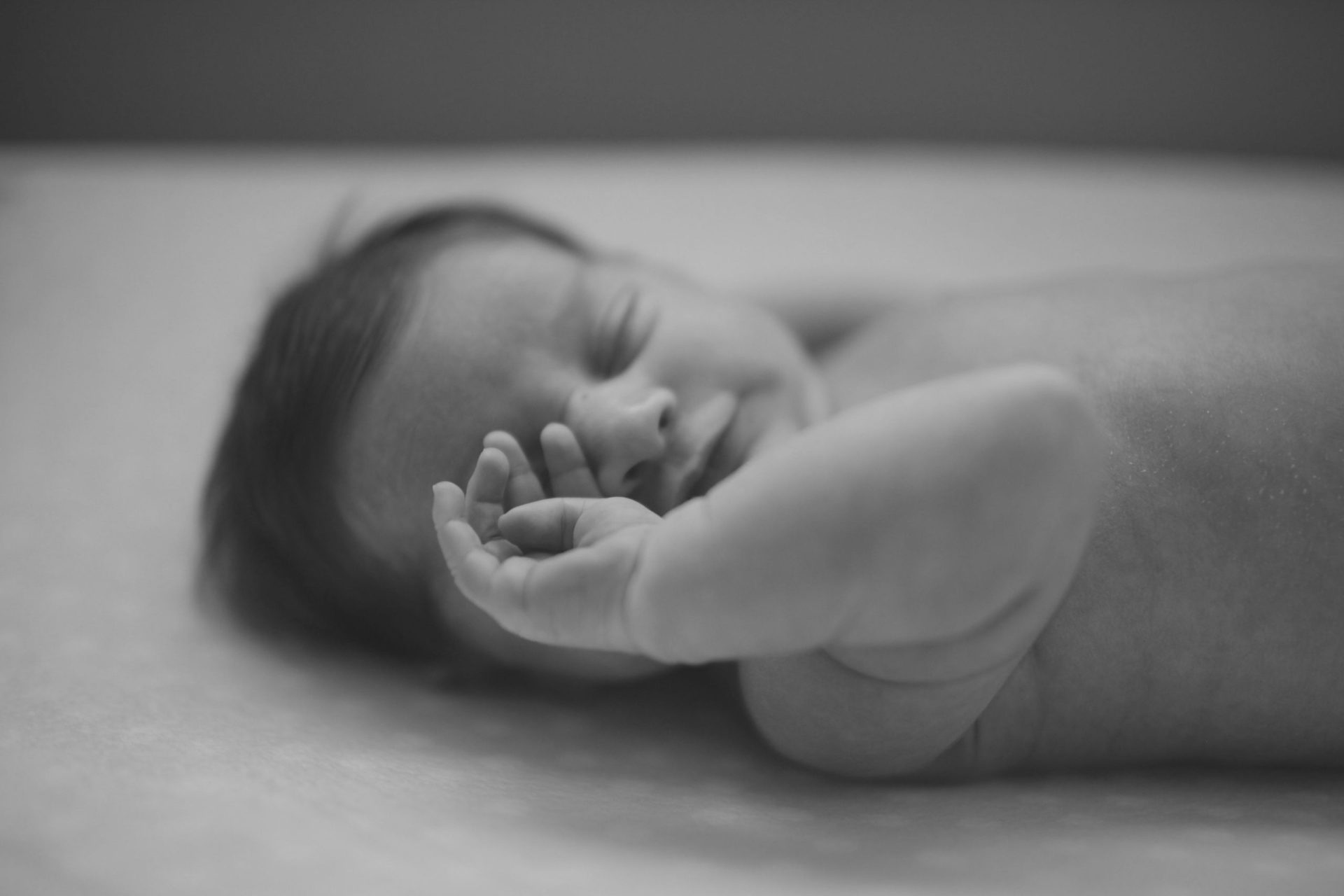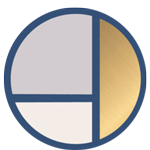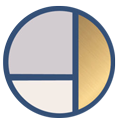
Podcast Episode #28: Plagiocephaly and Torticollis
What is Plagiocephaly? Torticollis what? Jessica Buikema of Hulst Jepsen Physical Therapy talks about both and what parents can do to prevent them and how physical therapy can help their baby. Listen to the podcast on iTunes or SoundCloud.
Alyssa: Hello. Welcome to another episode of Ask the Doulas. I am Alyssa Veneklase, co-owner and postpartum doula at Gold Coast. Today we’re talking to Jessica Buikema of Hulst Jepsen Physical Therapy. Hey, Jess.
Jessica: Hey, thanks for having me.
Alyssa: Yeah. We recently spoke to one of your colleagues, JoEllen Bender, who works at a different location but does pelvic floor physical therapy. And we had an event with both of you together, and I want to talk to you separately about what you specialize in, plagiocephaly and torticollis. Now, those are super big, long, fancy words for people who don’t know what they are. Can you break down what each of those are and what that means for a new mom and a new baby? And then, how you can help?
Jessica: Yeah, definitely. So torticollis is going to be tightness or a mild lump in a muscle called your sternocleidomastoid. It’s a neck muscle, and basically what you’ll notice with your baby is that they tend to prefer to tilt one way, and they tend to want to rotate the opposite way of the tilt. So that’s when you know that torticollis could be an issue with your baby. Plagiocephaly is going to be any form of head flattening due to external pressure on the skull. We’ve seen a huge increase in both of these with the Back is Best campaign to prevent sudden infant death syndrome, and it’s very important to continue doing Back is Best, but these two conditions have increased almost five-fold since that has started. They both can be caused from the same issues, as well, but we advise you to just kind of look at your baby, and if you’re noticing that, bring that up to the pediatrician. A lot of times, the pediatrician will notice it right away, too, and they’ll have those conversations with you.
Alyssa: So I’ve noticed in babies, you know, if they do have a tightness in one side, you’ll try to put a toy over there or try to get them to look, and it’s just their eyes that will move, but they won’t actually move their head. And then there can be breastfeeding issues, too?
Jessica: Right.
Alyssa: They might prefer one side over the other because it actually hurts to move their head that way to get to the breast on that one side.
Jessica: Yes. So it’s important that the baby does get treatment if we’re noticing that either of these are significant. Especially, they can have issues with posturing of their mouth, so they’ll have an open mouth posture.
Alyssa: What does that mean, posture of the mouth?
Jessica: So their mouth will stay open, and it will lead to issues with breastfeeding. Suck and swallow issues, too, with breastfeeding, when there’s tightness in either –
Alyssa: So it will hurt to actually close their mouth, so they just leave it open?
Jessica: No, it’s just the way that they’re positioned because of the way the muscle attaches, so their posturing of both their head and neck will be different. It will be offset. So you’ll notice, as a mom, these could be issues leading up to problems with breastfeeding, and this could be one of the culprits. I know that you guys, especially your lactation consultants, will kind of try to figure out what the cause of breastfeeding issues is, and this is one of the issues that could come up.
Alyssa: So who do you mostly see? Do you see very, very newborn babies? Do you see them months later?
Jessica: In an ideal world, we would see the babies fairly early. Because everyone goes to their pediatrician quite frequently when the baby is born, this does typically get caught early, and the earlier the better, because again, this – torticollis and plagiocephaly can be caused from so many different things, and a lot of times, it’s caused in the womb. It’s not caused because you as a mom did something wrong, so that’s something I definitely want to stress, because that can stress parents out. They’re trying to do everything right, and they think they caused this, when in fact it could be caused due to the positioning in the womb; if you had low amniotic fluid; if there was any trauma at birth; multiple births, this is very common because they run out of space. Prematurity, if they’re in the NICU for a while; that can cause that as well. And plagiocephaly and torticollis kind of go hand in hand, so you can have both or you can have one or the other, and they’re actually both caused from very similar things, so any of the things that I mentioned can cause it.
Alyssa: So what do you tell parents who – you know, I see a lot of babies, like you said, with helmets now because – I mean, a lot of times it’s because of sleeping on the back, but it’s what’s recommended; it’s what we have to do. Is there anything they can do to prevent that from happening with sleeping on the back, or is the helmet the only fixer?
Jessica: No, so the earlier we see babies, the better because we can teach parents very early on ways to play with their child and ways to position their baby in various environments. So although we provide a lot of manual treatment, like we do massage to the neck and work on positioning, but there is so much education that goes with this. We’re only seeing the baby, dependent on what’s needed, but we’re only seeing the baby for 30, 45-minute sessions a couple times a week. So much of it goes into what you’re doing outside of physical therapy. So different positions when you’re playing; different positions when you’re carrying the baby; different positions when you’re breastfeeding; those are all things that we can provide at these sessions when we treat them.
Alyssa: So if a mom came to you before there was even an issue, they could potentially prevent it?
Jessica: Yeah, if there was – prevention would be huge as well. As you know, especially with when the baby comes out of the birth canal, their skull is very soft to allow them to be able to come out, so their skull is susceptible to getting flat spots due to pressure after birth, as well. So learning different positioning techniques would be very helpful to prevent that, and just telling moms what to look for to help prevent that.
Alyssa: How do we find you? If we have a mom who says, I need help with this?
Jessica: I’m located at Hulst Jepsen Physical Therapy’s Cascade location, so I am at 5136 Cascade Road Southeast. It is at the corner of Cascade and Spalding, and our number is 616-301-1215. If my location’s not convenient for you, there are multiple Hulst Jepsen clinics that have physical therapists that enjoy treating plagiocephaly and torticollis and could definitely help you as well, and you could call any clinic and they could give you the information on the closest clinic for you.
Alyssa: Yeah, there are several. I keep seeing them. How many locations are there?
Jessica: We have 14 locations. Our website, www.hjphysicaltherapy.com, will also list the locations, and then we also have our specialties broken down. But if you can’t find it on the website, don’t hesitate to call any location. They can direct you in the right place that’s most convenient for you.
Alyssa: Awesome. Well, thanks for coming in today!
Jessica: Yeah, thanks for having me!
Alyssa: Email us if you have questions for us or Jessica or anything about their physical therapy offices. You can email us at info@goldcoastdoulas.com. Find us at www.goldcoastdoulas.com, Facebook, and Instagram. You can listen to our podcast, Ask the Doulas, on SoundCloud and iTunes.


